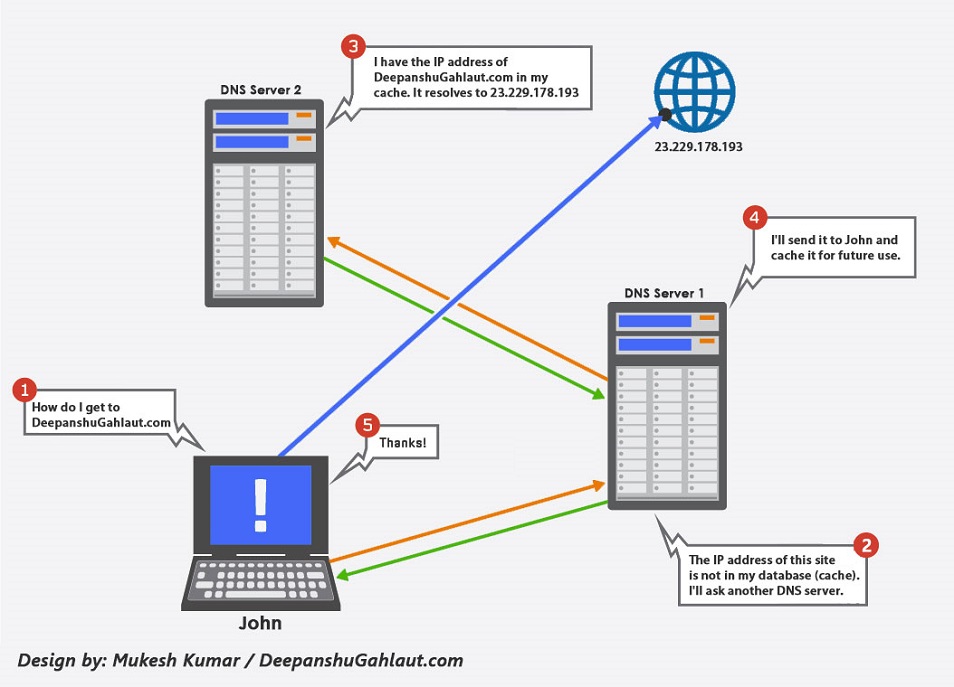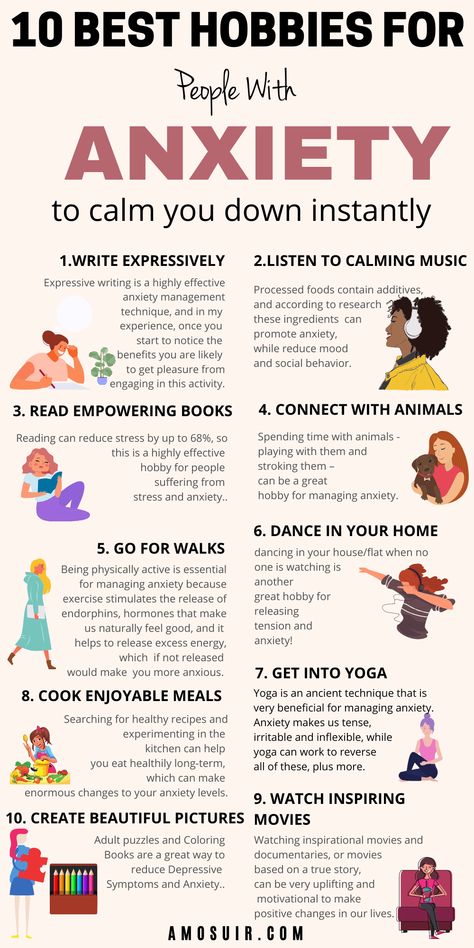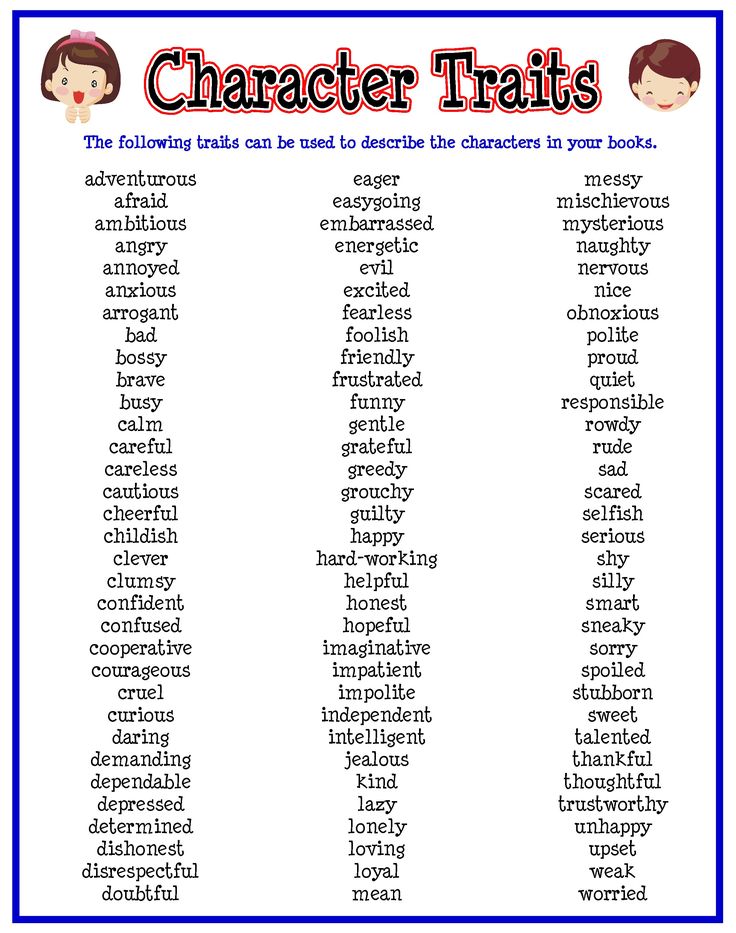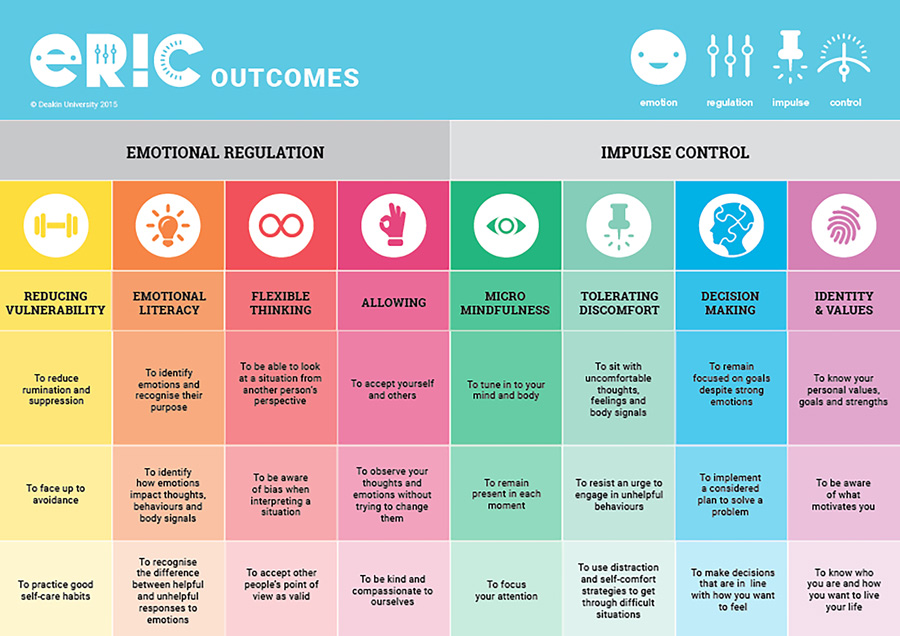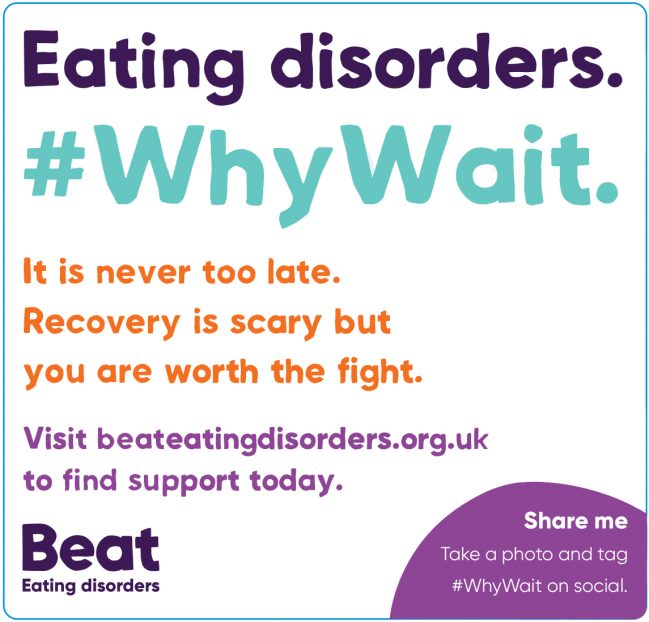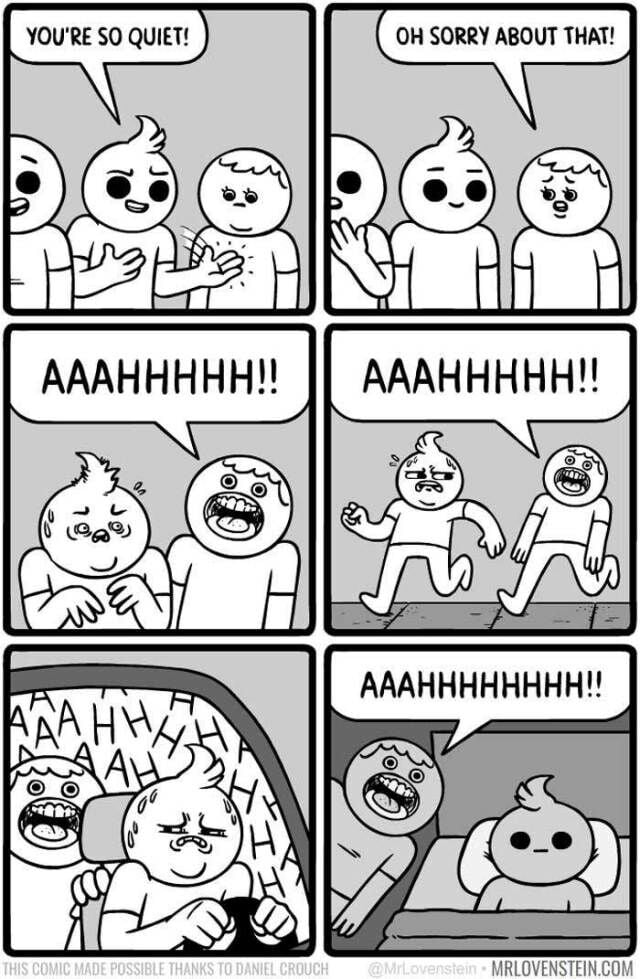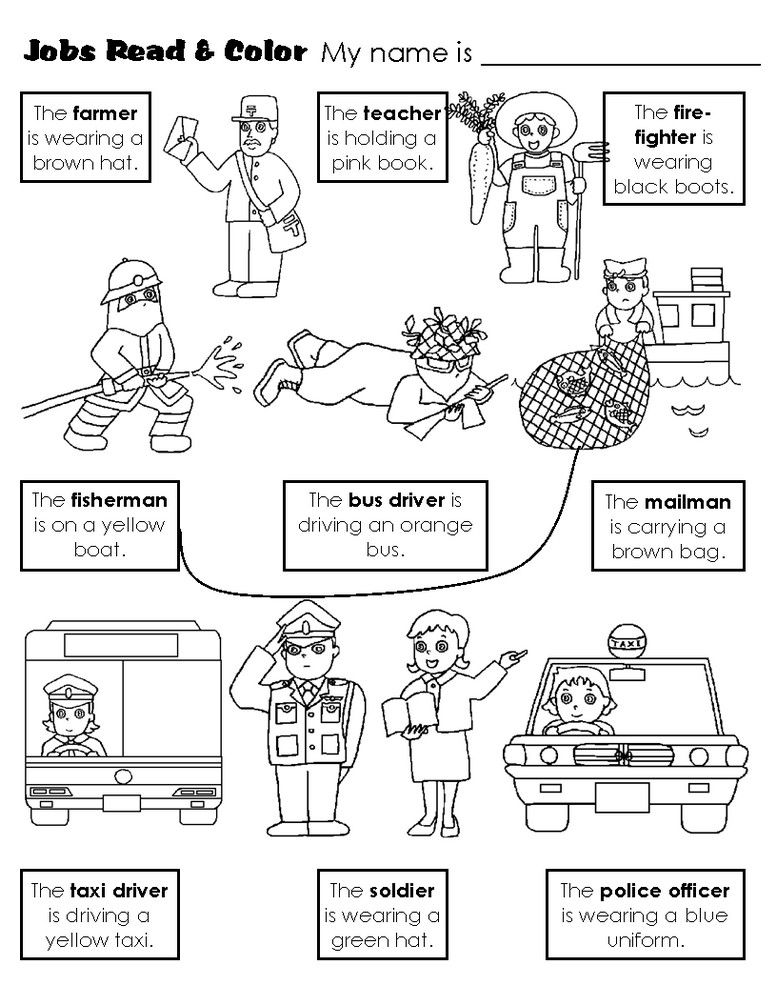How does snri work
Effexor for Depression - SNRIs Treating Depression
Serotonin and norepinephrine reuptake inhibitors (SNRIs) are a class of drugs used primarily to treat depression, though certain SNRIs are also indicated for treatment of anxiety and chronic pain associated with diabetic neuropathy and fibromylagia.1,2
SNRIs were developed to be more effective than selective serotonin reuptake inhibitors (SSRIs), but there is not clear evidence that they are better at treating depression. Some people respond better to one than the other.3
Some studies suggest that SNRIs are as effective as tricyclic antidepressants at treating neuropathy, but with substantially fewer side effects than those older medications. However, some reports suggest that SSRIs (which are also sometimes used for certain neuropathic pain conditions—though with somewhat questionable efficacy) have even fewer side effects than SNRIs. 4,5
How Do These Drugs Work?
SNRIs work by blocking the reabsorption (or reuptake) of serotonin and norepinephrine back into the nerve cells that released them, which increases the levels of active neurotransmitters in the brain. 6
Both of these neurotransmitters are associated with distinct brain structures and functions and impact various processes such as mood and energy in somewhat different ways. Increasing levels of them in the brain may help improve mood and emotion.
- Norepinephrine plays a role in attention, mental focus, and memory.7
- Serotonin is also important for learning and memory formation, but is also instrumental in the regulation of sleep, mood, and appetite.8
Types of SNRIs
Examples of SNRIs include:6
- Venlafaxine (Effexor).
- Duloxetine (Cymbalta).
- Desvenlafaxine (Pristiq, Khedezla).
- Milnacipran (Savella).
- Levomilnacipran (Fetzima).
Effexor
Effexor was the first SNRI marketed in the United States and the first to be approved by the Food and Drug Administration (FDA). It is structurally different from several other SNRIs with its bicyclic, or two-ring, structure. Effexor and its time-released formulation Effexor XR are approved for the treatment of major depression, generalized anxiety disorder, panic disorder, and social phobia.9
Effexor and its time-released formulation Effexor XR are approved for the treatment of major depression, generalized anxiety disorder, panic disorder, and social phobia.9
Effexor has disproportionate reuptake inhibition effects. It is 30 times more selective for inhibiting the reuptake of serotonin than it is for norepinephrine. In addition, its effects on each neurotransmitter system take place sequentially—with serotonin reuptake blocking happening first, and that of norepinephrine second. Because of this, patients taking Effexor often report side effects related to serotonin (headaches, nausea, fatigue, or sexual dysfunction) first, followed by side effects related to norepinephrine (dry mouth or night sweats).9
Cymbalta
Cymbalta first became available more than a decade after Effexor. Like Effexor, Cymbalta inhibits serotonin reuptake before norepinephrine, and results in more selective serotonin reuptake inhibition than that of norepinephrine. 9
9
Cymbalta is approved to treat major depression, generalized anxiety disorder, diabetic peripheral neuropathy, fibromyalgia, chronic musculoskeletal pain, and osteoarthritis. Among SNRIs, it has been approved to treat the greatest number of conditions.9
Pristiq
Pristiq was approved by the FDA in 2008 for the treatment of major depression. It is similar in chemical structure to Effexor. Also like Effexor, it has a greater effect on serotonin reuptake inhibition, but the difference is only 10-fold, as opposed to the 30-fold difference of Effexor.9
Savella
Savella’s approval by the FDA followed close behind that of Pristiq in 2009. Unlike the other medications in this class, Savella is only approved to treat fibromyalgia. However, it is approved in France for the treatment of depression. Savella is taken twice a day, unlike the other SNRIs, which are once a day.9
Savella’s uniqueness in this class comes from the fact that it is the “most balanced” of current SNRIs. It exhibits nearly equal inhibition of the reuptake of both serotonin and norepinephrine, but has no effect on dopamine, unlike some other SNRIs (which have small dopamine reuptake-inhibiting effects at high doses).9
It exhibits nearly equal inhibition of the reuptake of both serotonin and norepinephrine, but has no effect on dopamine, unlike some other SNRIs (which have small dopamine reuptake-inhibiting effects at high doses).9
Fetzima
Fetzima is the newest SNRI, approved in 2013. Fetzima was developed as a once-a-day, extended-release capsule in order to enhance patient adherence to a treatment regimen.9
Fetzima distinguishes itself from the other drugs in this class by showing a relatively greater effect on norepinephrine reuptake inhibition than serotonin reuptake inhibition. In fact, it has double the affinity for inhibiting norepinephrine reuptake as compared to serotonin reuptake. Fetzima is approved solely to treat major depression.9
Side Effects
If you experience serious side effects, let your doctor know right away. They may adjust the dose or put you on a different medication.
Risks of Discontinuing SNRIs
Withdrawal symptoms usually appear within 3 days of stopping the medication and last 1 to 2 weeks. Symptoms are typically mild, but if your symptoms become severe, talk to your doctor immediately.10
Symptoms are typically mild, but if your symptoms become severe, talk to your doctor immediately.10
Consult with a doctor before stopping treatment with an SNRI. In many cases, a doctor may recommend a tapering schedule to ease withdrawal.
Is Medication Enough?
While there is much conflicting evidence about the efficacy of both SSRIs and SNRIs on their own, research done by Consumer Reports magazine indicate that patients receiving only medication (SSRIs, SNRIs, or bupropion) for depression or anxiety reported changes in their emotional state at about 70 on a scale of 100.5
Similar results were reported by patients who underwent only talk therapy. The results were somewhat higher for patients who received both talk therapy for 7 or more visits and an antidepressant medication.5
The most common talk therapy is cognitive behavioral therapy, or CBT. This is an approach in which patients learn to recognize unhealthy thoughts or behaviors that contribute to depression and anxiety and develop methods of restructuring them. 11
11
Overall, medications are rarely recommended on their own. They are usually used as part of an overall treatment program that includes therapy and other lifestyle changes.11
Can SNRIs Be Abused?
The vast majority of people taking antidepressants do not misuse their medication. However, there have been case reports of people crushing SNRI pills to quickly consume large doses and enhance the onset of action of the drug, evidently in search of an amphetamine-like effect, which made them more sociable and euphoric. This type of abuse can place the patient at greater risk of hypertension, tremors, weight loss, dizziness, and more serious withdrawal symptoms. In both cases of abuse in the study, the patients had a history of substance abuse.12
People taking SNRIs should be careful to avoid any potential interactions with alcohol and other drugs. Alcohol can worsen depression, and though the risk of interaction with alcohol is relatively lower with SNRIs than with some other antidepressants, you should still avoid alcohol and illegal drugs while taking them.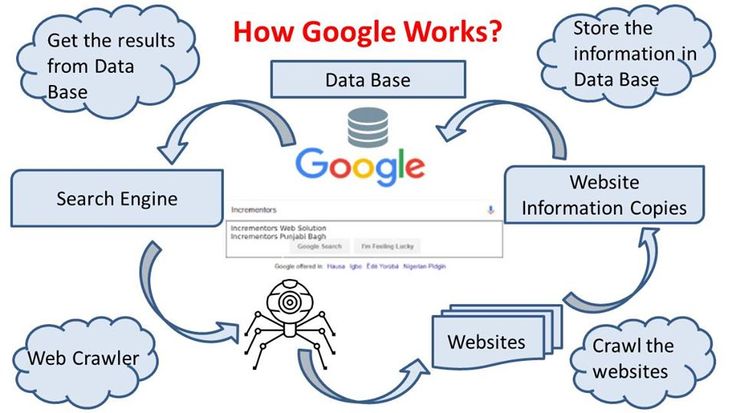 13
13
Other drugs that may negatively interact with SNRIs include:14
- Central nervous system-active drugs.
- Monoamine oxidase inhibitors (MAOIs).
- Serotonergic drugs.
- Nonsteroidal inflammatory drugs (e.g., ibuprofen), aspirin, and Warfarin.
- Weight loss drugs.
Are SNRIs Right for You?
SNRIs can have tremendous benefits for people suffering from depression or other conditions. However, patients should work closely with their team of medical professionals to make sure an SNRI is the correct treatment for them and to ensure they are on the right SNRI for their symptoms.
Sources
[1]. Stahl, S., Grady, M., Moret, C., and Briley, M. (2005). SNRIs: their pharmacology, clinical efficacy, and tolerability in comparison with other classes of antidepressants. CNS Spectrums, 10(9), 732-747.
[2]. U.S. National Library of Medicine, Medline Plus. (2018). Duloxetine.
[3]. National Health Service. (2018). Antidepressants: Overview.
National Health Service. (2018). Antidepressants: Overview.
[4]. Baltenberger, E., Buterbaugh, W., Martin, S., and Thomas, C. (2015). Review of antidepressants in the treatment of neuropathic pain. Mental Health Clinician, 5(3),123-133.
[5]. Consumer Reports. (2010). Best antidepressant for anxiety according to our readers.
[6]. Mental Health America. Serotonin and Norepinephrine Reuptake Inhibitors (SNRIs).
[7]. University Health News Daily. (2017). Norepinephrine Deficiency: Surprising Research Challenges Our Understanding of Natural Depression Remedies.
[8]. National Eating Disorders Association. Neurotransmitters.
[9]. Sansone, R., and Sansone, L. (2014). Serotonin Norepinephrine Reuptake Inhibitors: A Pharmacological Comparison. Innovations in Clinical Neuroscience, 11(3-4), 37-42.
[10]. Warner, C., Bobo, W., Reid, S., and Rachal, J. (2006). Antidepressant Discontinuation Syndrome. American Family Physician, 74(3), 449-456.
American Family Physician, 74(3), 449-456.
[11]. National Alliance on Mental Illness. Psychotherapy.
[12]. Evans, E. and Sullivan, M. (2014). Abuse and misuse of antidepressants. Substance Abuse and Rehabilitation, 5, 107-120.
[13]. National Health Service. (2018). Antidepressants: Cautions.
[14]. National Library of Medicine, DailyMed. (2018). Effexor XR.
Serotonin and Norepinephrine Reuptake Inhibitors (SNRIs)
Serotonin and norepinephrine reuptake inhibitors (SNRIs) are commonly prescribed antidepressants. They are very similar to the older and more commonly used SSRIs. There is some evidence that SNRIs are more effective in treating severe depression [1]. They can also be used to treat chronic pain [2] and ADHD [3].
When it comes to anxiety and less severe depression: SNRIs are more helpful for some people, whereas SSRIs or other antidepressants are more helpful for other people. The only way to know for sure what works best for you is to try them.
Like other antidepressants, SNRIs work by restoring the balance of the chemicals in your brain (called neurotransmitters). SNRIs work by boosting two neurotransmitters:
- Serotonin, which affects your mood, energy level, appetite, and sleep
- Norepinephrine, which affects your energy level, focus and attention. Related to adrenaline and has similar effects
The difference between SNRIs and SSRIs is that SSRIs only affect serotonin.
How do I take an SNRI?
SNRIs must be taken every day. It usually takes several weeks before you feel the full effect. Taking a single pill won’t stop a panic attack, for example—but taking it daily may decrease your chances of having a panic attack in the future [4].
You might be tempted to stop taking them as soon as you feel better, thinking that you’ve been cured. Unfortunately, antidepressants are not a cure for depression—they are a way of managing it, not a way of making it go away forever. If you stop taking your antidepressant as soon as you feel better, you will likely go back to being depressed.
If you stop taking your antidepressant as soon as you feel better, you will likely go back to being depressed.
If you do decide to stop taking an antidepressant, it’s best to talk to your doctor first. Your doctor can help you reduce the dosage gradually, which will reduce withdrawal symptoms. (You can often do this by cutting your tablets in half for a few weeks, then into fourths for a few more weeks.) They may also help you find an alternative that has fewer side effects or is more effective.
Examples of SNRIs
Even though all SNRIs work in similar ways, they each have slightly different effects. So if one doesn’t work for you, another might. If you’ve tried multiple SNRIs and none of them work well—or they all give you side effects—it’s a good idea to ask your doctor about taking a different type of antidepressant.
| Generic name | Brand name(s) |
|---|---|
| Desvenlafaxine | Pristiq |
| Duloxetine | Cymbalta |
| Levomilnacipran | Fetzima |
| Milnacipran | Savella |
| Venlafaxine | Effexor |
Side effects of SNRIs
Common [5]:
- Nausea
- Dizziness
- Headache, dry mouth, or sweating
Less Common [5][6]:
- Sleeping more or less than usual
- Weight gain
- Low sex drive, or trouble achieving an erection or orgasm
- Increased blood pressure
Show References
- Thase.
 (2008). Are SNRIs more effective than SSRIs? A review of the current state of the controversy. Psychopharmacology Bulletin 42(2), pp. 58-85. Retrieved from https://pubmed.ncbi.nlm.nih.gov/18668017/
(2008). Are SNRIs more effective than SSRIs? A review of the current state of the controversy. Psychopharmacology Bulletin 42(2), pp. 58-85. Retrieved from https://pubmed.ncbi.nlm.nih.gov/18668017/ - Stahl et al. (2005). SNRIs: The Pharmacology, Clinical Efficacy, and Tolerability in Comparison with Other Classes of Antidepressants. CNS Spectrums, 10(9), pp. 732-747. Retrieved from https://doi.org/10.1017/S1092852900019726
- Antshel et al. (2011). Advances in understanding and treating ADHD. BMC Medicine 9, p. 72. Retrieved from https://doi.org/10.1186/1741-7015-9-72
- Guilherme Graeff & Zangrossi. (2010). The Dual Role of Serotonin in Defense and the Mode of Action of Antidepressants on Generalized Anxiety and Panic Disorders. Central Nervous System Agents in Medicinal Chemistry 10(3) pp. 207-217. Retrieved from https://www.ingentaconnect.com/content/ben/cnsamc/2010/00000010/00000003/art00002
- Mayo Clinic Staff.
 (2019). “Serotonin and norepinephrine reuptake inhibitors (SNRIs).” Mayo Clinic, Mayo Foundation for Medical Education and Research. Retrieved from https://www.mayoclinic.org/diseases-conditions/depression/in-depth/antidepressants/art-20044970
(2019). “Serotonin and norepinephrine reuptake inhibitors (SNRIs).” Mayo Clinic, Mayo Foundation for Medical Education and Research. Retrieved from https://www.mayoclinic.org/diseases-conditions/depression/in-depth/antidepressants/art-20044970 - Sentarsieri & Schwartz. (2015). Antidepressant efficacy and side-effect burden: a quick guide for clinicians. Drugs in Context 4, pp. 212290. Retrieved from https://dx.doi.org/10.7573%2Fdic.212290
Police in the city - RTD Series
Police in the city
How is the work of law enforcement officers? What difficulties and dangers do they face almost every day? The documentary series "Police in the City" answers these questions. Together with actor Alexander Nosik, you will learn how officers of various units work - from the motor platoon of the traffic police and the Russian water police to the Grom special forces detachment and the Moscow Criminal Investigation Department. You have to take part in the most real chases, see how the intruders are detained, and find out how people, whose main task is to protect law and order, cope with their duties. nine0005
nine0005
-
May 27, 2021
The legend of the Moscow police. How MUR employees work (Police in the city. Series 10)
They say that MUR became legendary due to the fact that after the 1917 revolution, many professionals from the metropolitan detective police moved to the Soviet criminal investigation department, having accepted the new government. How do its employees work today?
-
May 27, 2021
University of the Ministry of Internal Affairs. Training of experienced investigators (Police in the city. Series 9)
In the process of training, cadets of the University of the Ministry of Internal Affairs undergo special practical training. This issue is dedicated to two professions - investigators and information security specialists.
-
May 20, 2021
University of the Ministry of Internal Affairs.
 Training of future officers (Police in the city. Series 8)
Training of future officers (Police in the city. Series 8) Employees of various departments of law enforcement agencies of all regions of the Russian Federation undergo retraining and advanced training at the Moscow University of the Ministry of Internal Affairs. Here, young cadets are preparing to become officers. How does this happen? nine0005
-
May 12, 2021
Patrolling on horseback. How the Mounted Police Work (Police in the City. Series 7)
Dozens of mounted police officers are on duty in Moscow every day. They work in pairs for 8 hours per shift, patrol the capital's forests and forest parks, control their territory and prevent a variety of violations of law and order.
-
May 6, 2021
Thunder Detachment. War on Drugs (City Police Episode 6)
Acquaintance with the Grom special forces unit continues. In this issue, his fighters perform real tasks - seizing an apartment that a repeatedly convicted Muscovite turned into a drug den, and seizing illegal substances from drug dealers.
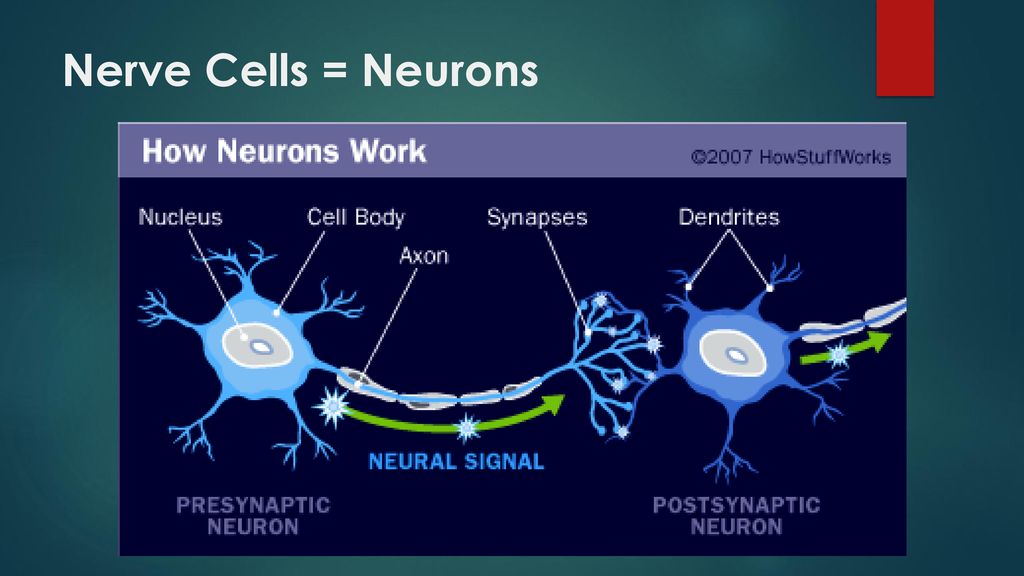
-
April 29, 2021
Special forces detachment. How Grom Soldiers Train (Police in the City Episode 5)
The Thunder Special Forces Squad can do everything. Immobilize and take alive both a simple criminal and a dangerous terrorist. Capture the drug lab, preventing its self-destruction. Defuse the explosive device. And most importantly, free the hostages. nine0005
-
April 22, 2021
Moscow subway: the most frequent crimes (Police in the city. Series 4)
Novoslobodskaya station. Employees of the Internal Affairs Directorate on the Moscow Metro take over the service. And almost immediately an incident with a tipsy passenger. What general violations of public order and crimes are most often committed in the subway? You will find out about this in the next part of the series.
-
April 15, 2021
Water police: patrols, exercises and raids on the river (Police in the city.
 Series 3)
Series 3) The Russian water police traces its history back to 1867, at present it patrols water areas on boats. Delaying a fast ship requires a special skill. You will learn how these specialists work and see some of their techniques.
-
April 8, 2021
DPS. Night Road Check (City Police Series 2)
The second issue focuses on the nuances of a typical night shift of traffic police - from the standard check of documents to the prosecution of cars without license plates. nine0005
-
April 1, 2021
Motovzvod. The work of DPS traffic inspectors (Police in the city. Series 1)
The idea of creating such units arose in the 1980s, when more and more motorcyclists began to appear on the streets. You will get acquainted with the transport that the inspectors have at their disposal, learn how their work is organized, and become witnesses of one intense chase.
